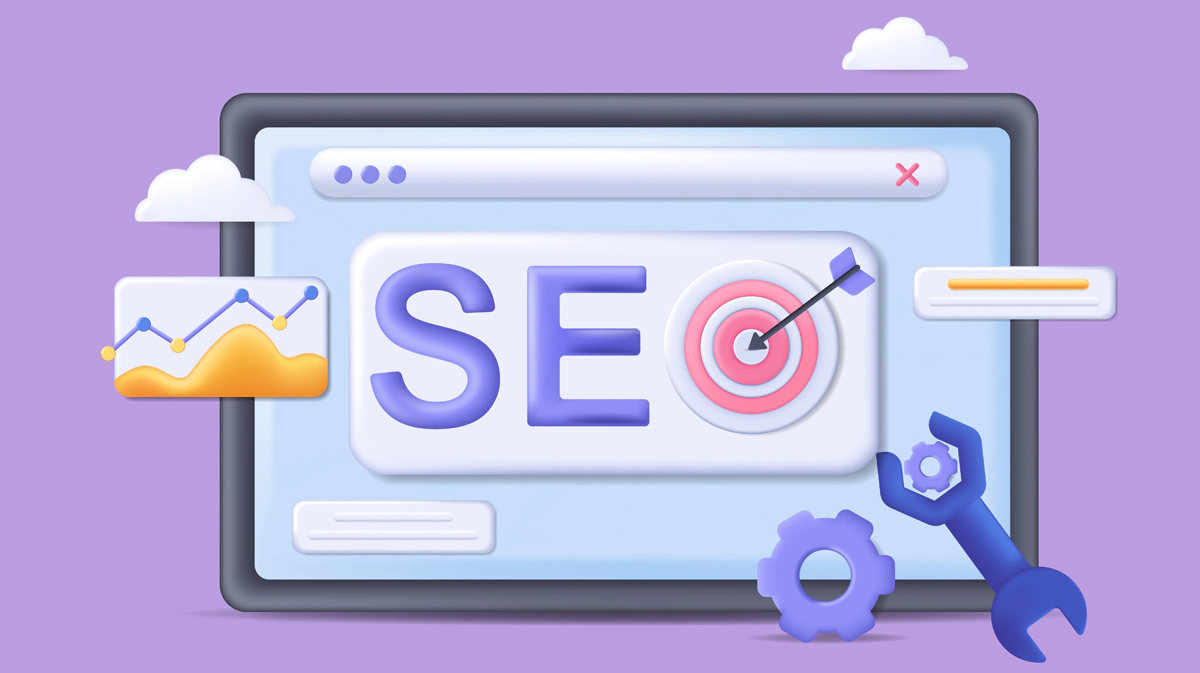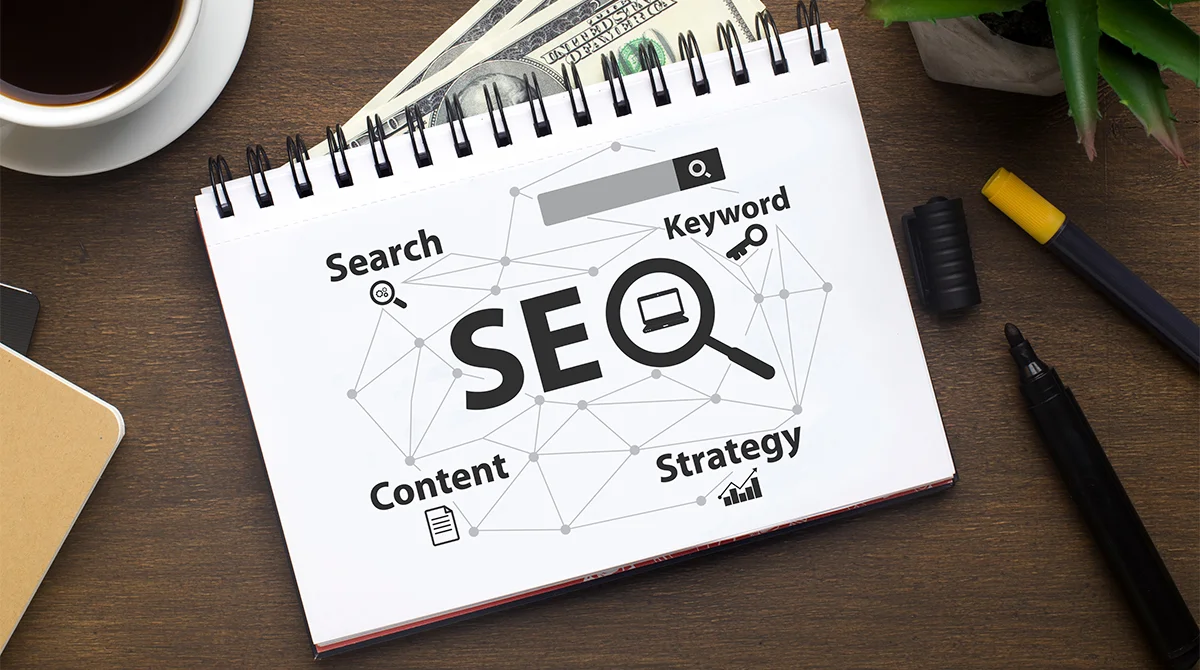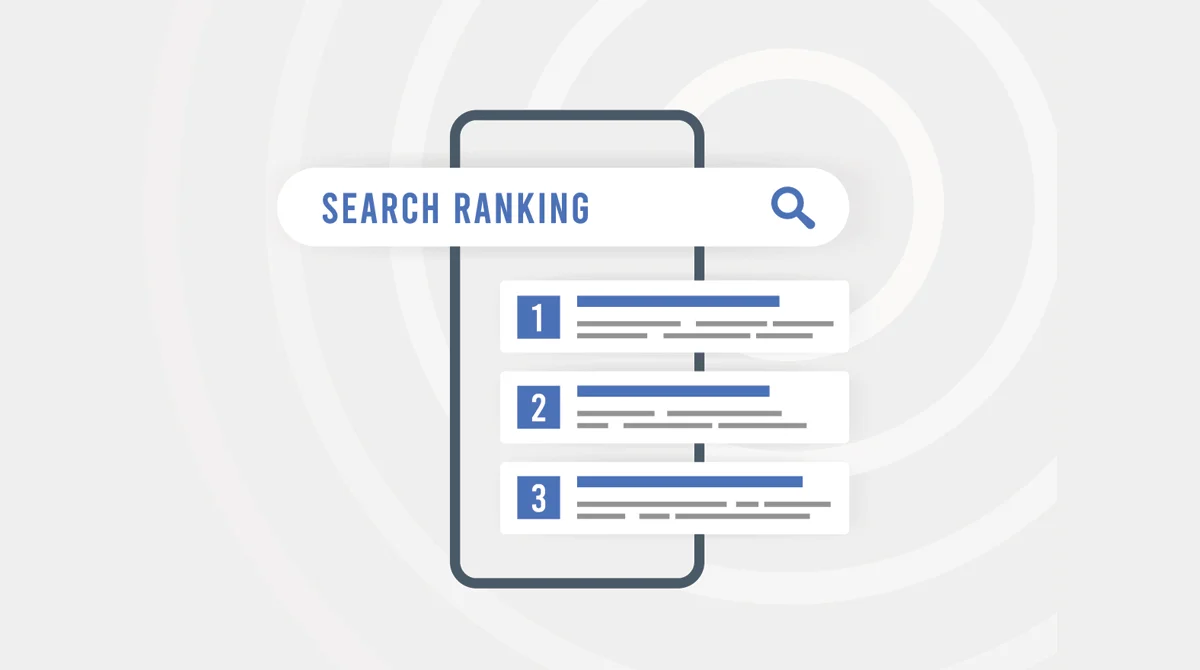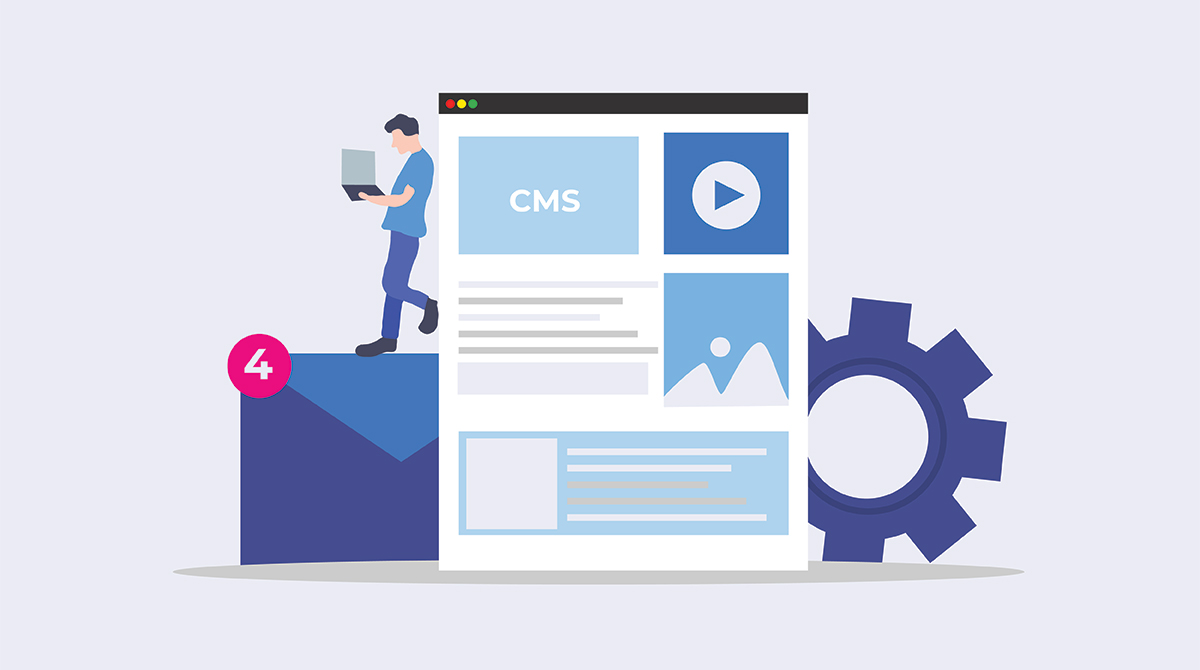If you ask an expert to pick the three most important aspects of an e-commerce website, the first two will be search engine optimisation (SEO) and user experience (UX). One makes your site reach its potential audience, while the other creates a satisfying experience for that audience. What’s more interesting is the overlap between UX and SEO. They have to work in tandem to make an e-commerce website rank on Google’s first page.
But how can you ensure that?
We are about to discuss the same!
First things first.
Definition: User Experience & SEO
The overall experience your end-user gets when interacting with your website is called user experience or UX. From the site’s design and content to layout and loading times, a wide number of elements play a role in it. So, experts carefully design each element, so to ensure a satisfying total experience.
On the other hand, SEO is the practice of optimising a website to rank in SERPs (search engine results pages). It includes on-page, off-page, and technical SEO that improves a site’s relevancy for search queries. As a result, search engines drive traffic to the site, building its online visibility.
How is User Experience Connected to SEO?
From the above definitions, it is clear that both UX and SEO are critical for an e-commerce website’s success. It creates magic when these two work together. Let’s understand this with an example:
Imagine website ‘A’ has the best layout, content, and everything required, which elevates its positive user experience. It means lesser bounce rates and higher engagement. This sends clear signals to the search engines that a vast number of people enjoy your website and, thus, is relevant. So, they reward the website with higher rankings, driving more traffic to it.
On the other hand, website ‘B’ has a poor user experience. It tells the search engines that the site is irrelevant, with nothing much to offer. Higher bounce rates, lower click-through rates, and lesser engagement are what it gets. As for SEO, your ranks will fall, reducing organic traffic.
So, let’s see how we can improve them.
1. Make Navigation User-Friendly
As soon as a user enters your site, the first thing they look for is the navigation menu. It should be clear, easily noticeable, and user-friendly. A search bar is often included in it, which helps a user find what they want quickly.
Key features:
- Concise labels for the menu items
- Clear organisation of products into labelled categories
- Accessibility of menu from every page
- Mobile responsiveness of the menu
Failing with any of these four features can result in a frustrating experience for your user. So, it is worth taking time and designing a flawless navigation menu.
2. Ensure the Site Loads Quickly
Who has the time to wait until a website loads at a snail’s pace? No one. If your e-commerce site doesn’t load within 5 seconds, your user has a high chance of abandoning it. Ideally, it should be 3 seconds or lower.
First, get an idea about your current page load time from Google PageSpeed Insights and try to reduce it using the strategies below:
- Image optimisation
- Website code reduction
- Content delivery networks (CDN)
When you bring down your page speed to the ideal 3 seconds, you will automatically improve the user time spent on your website. This is a huge matter for both UX and SEO.
3. Write Highly-Valuable Content
Good content elevates your overall user experience in three ways: by improving the user time spent on your site, user engagement, and user retention. So, it’s helpful to publish content that is highly engaging and relevant for your target audience.
How?
- Research and find share-worthy topics.
- Incorporate interesting statistics and data.
- Write in an easily understandable language.
- Make it digestible with short paragraphs and bullet points.
- Add visual content, such as GIFs, images, or infographics.
- Include additional benefits like newsletters or product discounts.
- Conclude with an action-oriented CTA.
Your content will surely attract the attention it deserves with these pointers. However, as you can tell, this is a distinct skill that takes up much time and effort. So, it’s better to engage an experienced professional.
4. Prioritise Mobile Responsiveness
A significant chunk of website traffic comes from mobile devices today. So, neglecting mobile responsiveness will be a huge mistake. Make sure the site adapts to a variety of screen orientations, from laptops to smartphones to iPads. This makes a user, regardless of the device, access and experience your website.
Google now prioritises mobile-responsive sites to rank in search results, so it’s required now more than ever. You can approach this in two ways:
- Create a separate mobile site or app
- Use a responsive web design
5. Check Google’s Core Web Vitals
Google’s core web vitals are a group of metrics that are crucial for optimising the user experience. It will deliver a comprehensive evaluation of your site’s performance, which you can use to strategise your next steps.
- Minimise Server Response Time: You are bound to lose audience if your server is too slow to respond. Either leverage a CDN or upgrade your web hosting service, which automatically improves your UX and SEO.
- Cap the Use of Third-Party Scripts: Too many third-party scripts can slow down your e-commerce website. Check what’s required and remove outdated or unnecessary ones from the site.
- Streamline Visual Content: Unoptimised image or video content can weigh down your website. So, you must make sure to compress such files to expedite the site’s loading time.
Decoding UX Metrics
After executing the above strategies, it’s time to decode your user engagement metrics. This is crucial for understanding what works and what needs modifications, resulting in user-centric outcomes.
Here’s how you decode:
1. Bounce Rate
It’s the users that navigate away from your website after viewing only one page. Having a higher bounce rate is not a good sign. So you must find out what the reason behind it is. Some common causes include boring content, lack of mobile responsiveness, complex navigation, and confusing placement of elements.
Take a long, hard look at your website and figure out what’s causing such high bounce rates. Then, go on and update it.
2. Conversion Rate
This metric measures the successful completion of desired actions on your website, such as buying a product or signing up for a newsletter. A higher conversion rate means your users are well-engaged and are interested in your offerings, and vice-versa. So, if this rate goes down, you must revisit your strategies and make essential changes.
3. Cumulative Layout Shift or CLS:
CLS measures the visual stability of your website. In other words, it tells you how much a webpage shifts (unexpectedly) during a session. For example, imagine you are on a web page. While you are reading that page, a banner loads, and the page scrolls down suddenly. This gives a CLS score.
Ideally, it has to be around 0.1 for a positive user experience. Otherwise, it can become a problem, which may even affect the SEO.
4. User Retention:
Here, we look at the first-time users within a specific period, say a week or a month, and calculate the percentage of those that return to the website in subsequent periods. This shows how engaging your website is for your potential users.
An ideal user/customer retention rate depends on your industry. But if this is below 35%, you must try hard to increase it.
5. Pageviews:
As the name implies, it measures the frequency of your page visits. This is a much-needed insight into your website’s traffic. You can find this data on Google Analytics. However, you must note that the pageviews metric is different from unique pageviews.
6. Page Dwell Time:
This is the time a user spends on a page. The longer the dwell time, the higher the user engagement. In other words, your audience is resonating with your content, reaping value and pleasure. But if the dwell time is short, you might want to rethink your content goals and strategies.
Top UX and SEO Tools
Tools are incredibly powerful for accelerating your online growth, and we have plenty of options to go for. Here are a few notable ones:
- Google PageSpeed Insights
- GTmetrix
- Ahrefs
- Google Analytics
- Screaming Frog
- SEO Minion
Even if you are a small-scale e-commerce website, don’t hesitate to invest in such tools or professional services. Compared to the growth they bring, the investment it takes is a rather small commitment.
Key Takeaways:
UX and SEO are a package deal. One without the other is always incomplete. So, do your best to work these distinct aspects in harmony, which elevates your online growth. For a non-professional eye, it may seem difficult to bring these two together. But a professional like Make My Website can help you improve your website’s status on the search engine pages.
We are a team of experts who have worked with a diverse range of websites and helped them succeed. More importantly, our user-centric approach has helped us build long-lasting and cordial relationships with our clients.
Let us connect for a chat if you are interested.



















